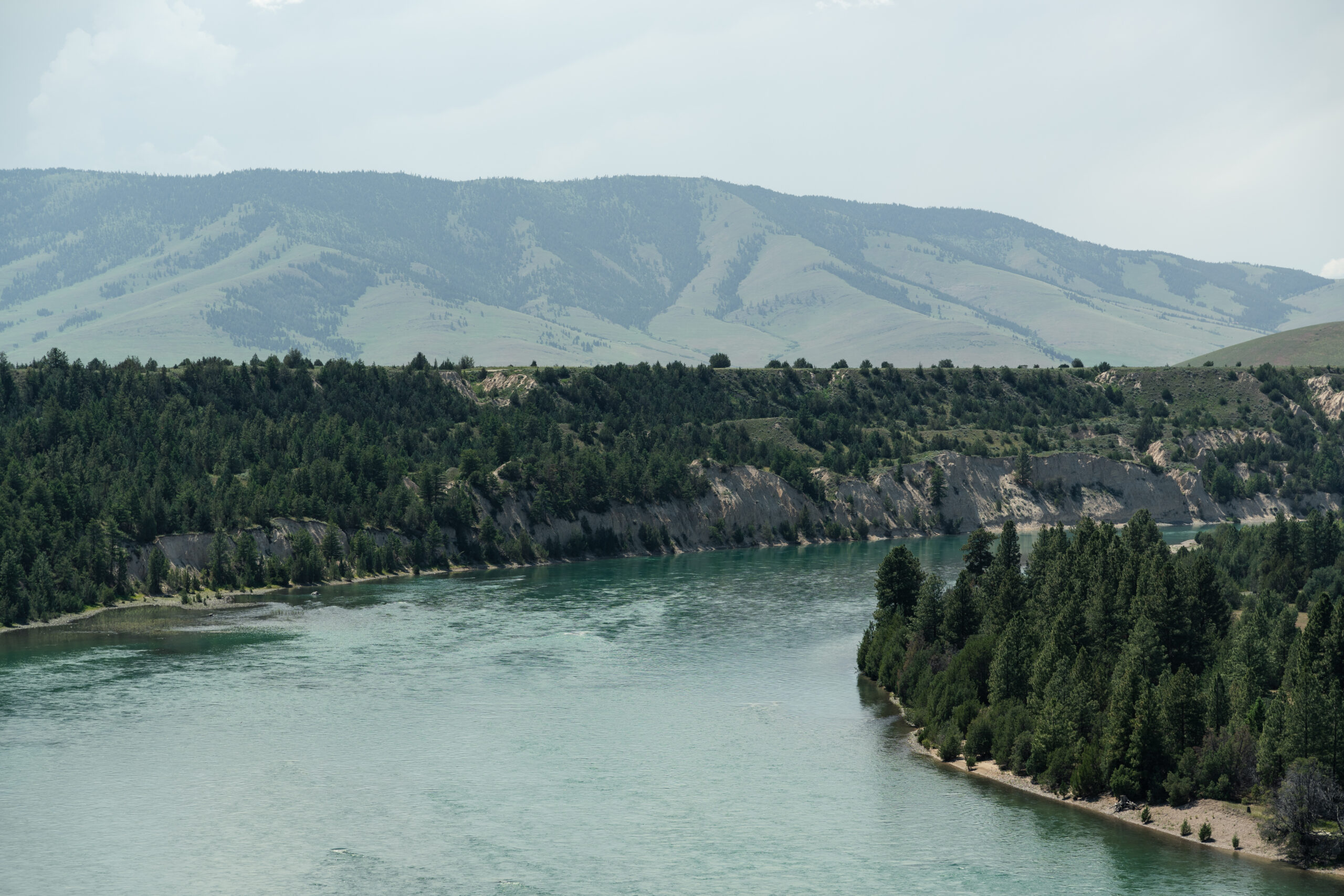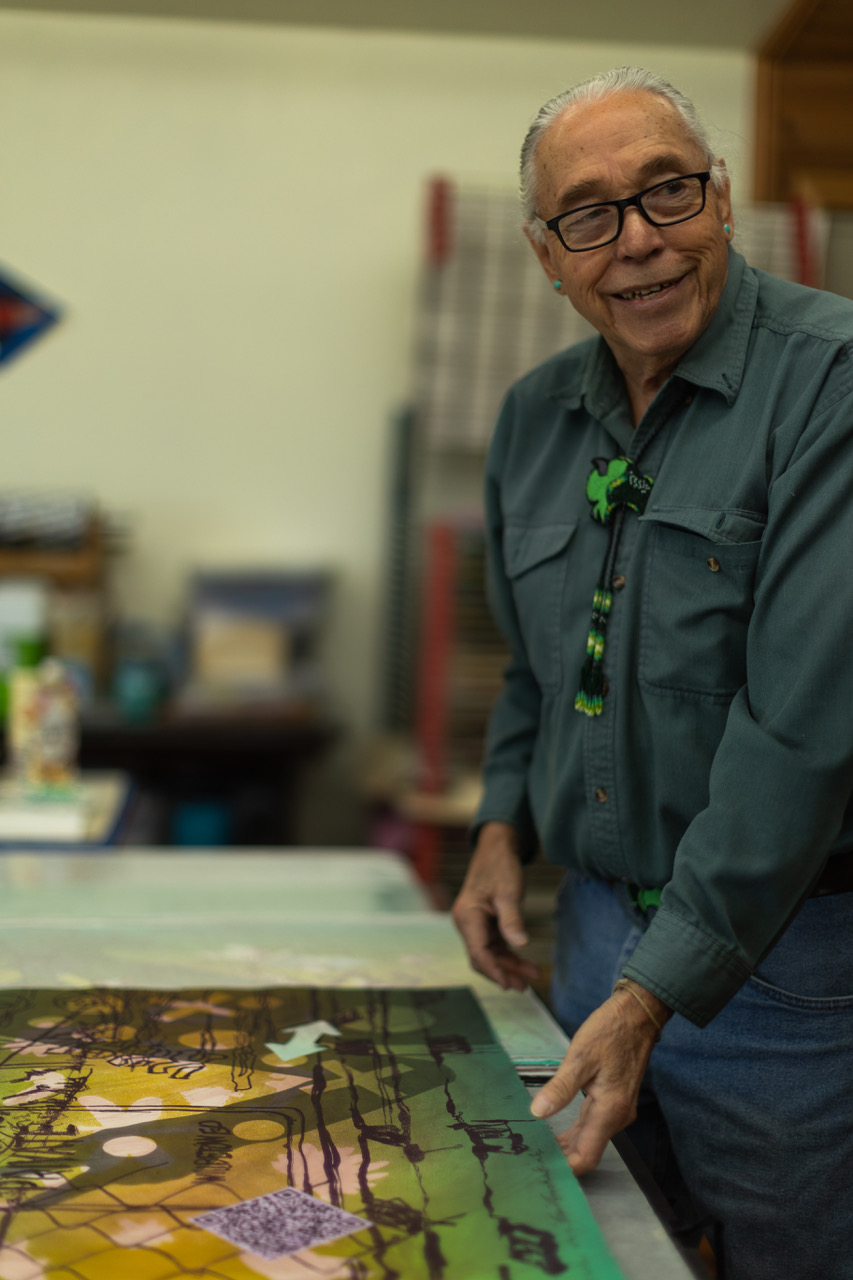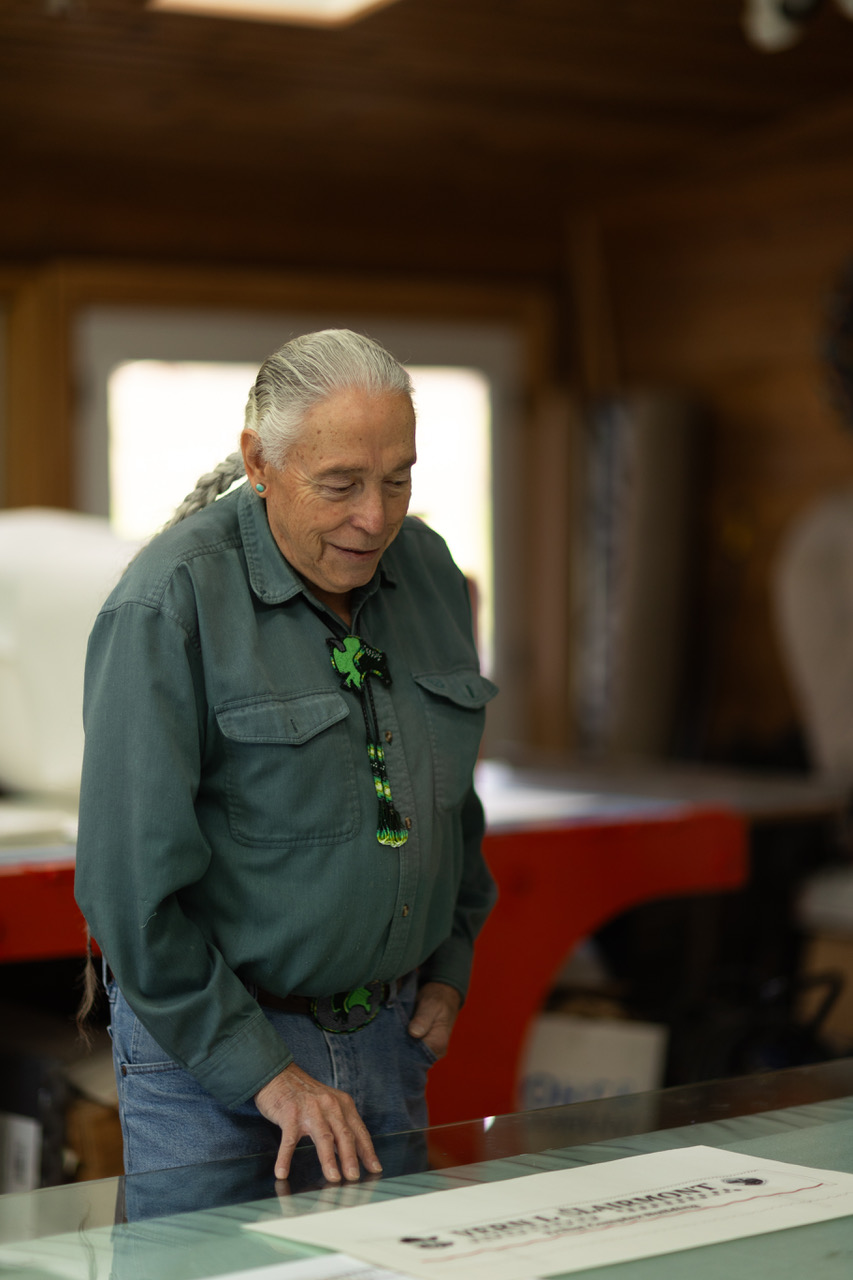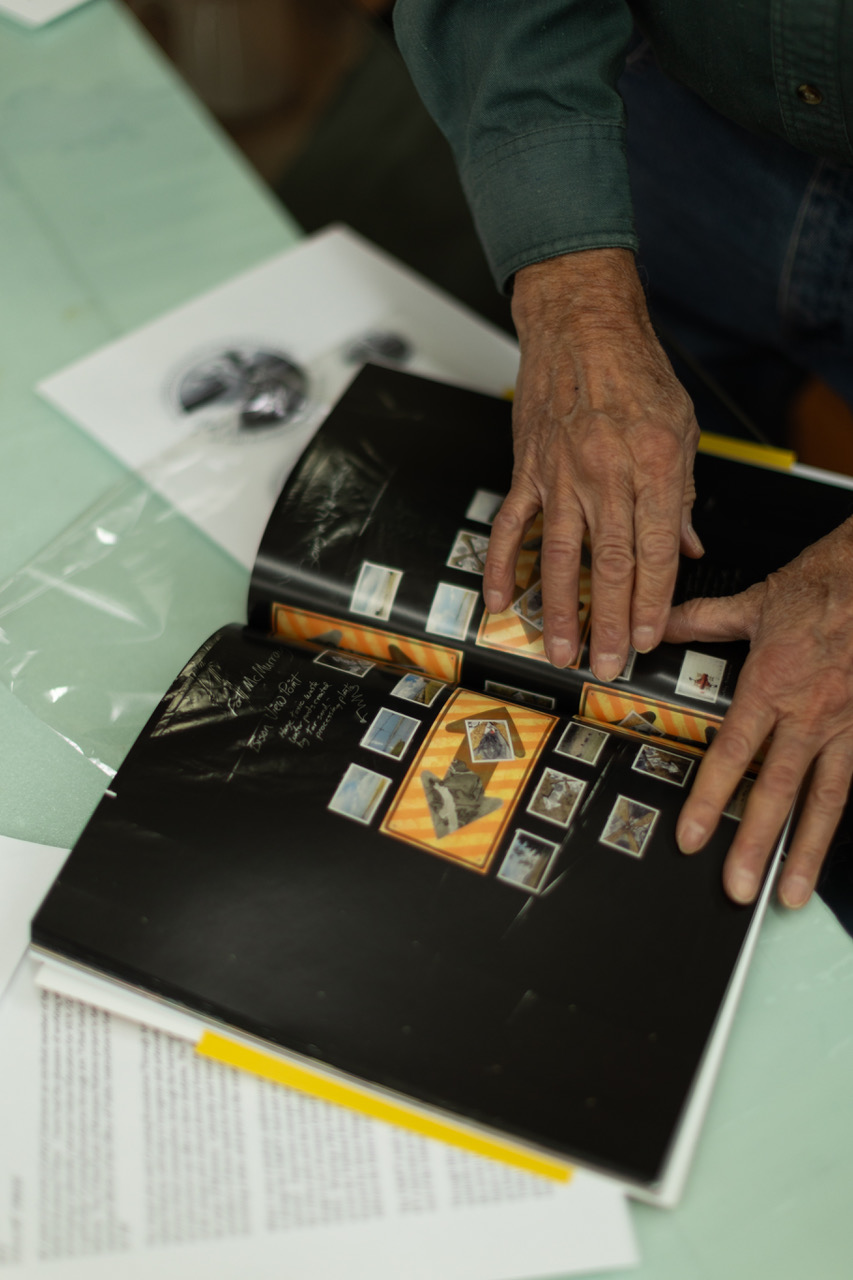A People of Vision
The Flathead Indian Reservation is home to three tribes, the Bitterroot Salish, Upper Pend d’Oreille, and the Kootenai.
News & Announcements
- MVP Closed on Christmas Day
 Mission Valley Power Office will be CLOSED Thursday December 25th. In case of emergency, call: 406-883-7972.
Mission Valley Power Office will be CLOSED Thursday December 25th. In case of emergency, call: 406-883-7972. - Tribal Health Will Be Closed
 Tribal Council has approved an early closure for CSKT departments on Wednesday, December 24th, at 12:00 PM. In alignment with this, TH services will end at 12:00 PM, with the following exceptions to honor currently scheduled appointments: Don’t forget to pick up your… Read more: Tribal Health Will Be Closed
Tribal Council has approved an early closure for CSKT departments on Wednesday, December 24th, at 12:00 PM. In alignment with this, TH services will end at 12:00 PM, with the following exceptions to honor currently scheduled appointments: Don’t forget to pick up your… Read more: Tribal Health Will Be Closed - Three Chiefs Culture Center Notice
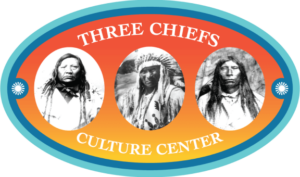 Three Chiefs Culture Center will be closed today from 12:30 to 2:00pm. We will reopen then until 5pm Wednesday December 24th we are CLOSING at 12pm for the reminder of the week. We will be open again Monday December 29th 8am-5pm… Read more: Three Chiefs Culture Center Notice
Three Chiefs Culture Center will be closed today from 12:30 to 2:00pm. We will reopen then until 5pm Wednesday December 24th we are CLOSING at 12pm for the reminder of the week. We will be open again Monday December 29th 8am-5pm… Read more: Three Chiefs Culture Center Notice - 2025 Tribal Council General Election – Certified Results

- Entrance to Three Chiefs

- CHRISTMAS HOLIDAY DINNER

- High Wind Travel Advisory, necessary travel only.
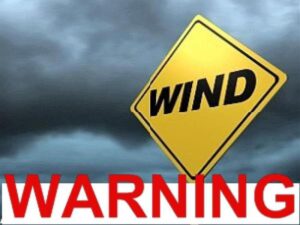 Lake County’s Office of Emergency Management issued a high wind and travel advisory today asking for only necessary travel until conditions improve. The CSKT Mailroom will cease all deliveries today to keep drivers off roads. There are reports… Read more: High Wind Travel Advisory, necessary travel only.
Lake County’s Office of Emergency Management issued a high wind and travel advisory today asking for only necessary travel until conditions improve. The CSKT Mailroom will cease all deliveries today to keep drivers off roads. There are reports… Read more: High Wind Travel Advisory, necessary travel only. - CSKT 2025 Tribal Council General Election – Unofficial Results

- Regular Office Hours and Payment Drop Box
 December Greetings! On December 10, from 11:30 AM to 5:30 PM, all Tribal Credit staff will be engaging in an off-site policy review session. Phone lines, emails, and drop box will be available for customer use, the office… Read more: Regular Office Hours and Payment Drop Box
December Greetings! On December 10, from 11:30 AM to 5:30 PM, all Tribal Credit staff will be engaging in an off-site policy review session. Phone lines, emails, and drop box will be available for customer use, the office… Read more: Regular Office Hours and Payment Drop Box

Our Mission & Vision
Our Vision: Maintain Traditional Principles and Values
The traditional values that served our people in the past are embedded in the many ways we serve and invest in our people and communities, in the way we have regained and restored our homelands and natural resources, in the ways we have built a self-sufficient society and economy, in the ways we govern our Reservation and represent ourselves to the rest of the world and in the ways we continue to preserve our right to determine our own destiny.
Our Mission: Be Guided by Traditional Principles and Values
Our Mission is to adopt traditional principles and values into all facets of tribal operations and services. We will invest in our people in a manner that ensures our ability to become a completely self-sufficient society and economy. And we will provide sound environmental stewardship to preserve, perpetuate, protect and enhance natural resources and ecosystems.
A People of Vision
“When I was a student in high school, I entered a competition to design the CSKT seal and was thrilled and excited to learn that my design was selected,” said Corky. “Important concepts found in the design, is a representation of the Tribes past, while also looking forward to our place in the future. Chief Koostatah depicts the rich history and culture of our Tribes, wearing a war bonnet and in a traditional white buckskin outfit, he gazes across the Flathead River with mountains seen in the distance. His gesture is of looking forward for those things yet to come, while also reminding of the preparations needed to address the future wellbeing of our Tribes.”
Corky Clairmont
The official seal of the Confederated Salish and Kootenai Tribes shows one of the last Ksanka traditional leaders, Chief Koostatah, standing on a rock outcropping that overlooks roaring white water.
The current seal was inspired by a talented young Tribal Member, Corky Clairmont, who was still in high school at the time the seal was developed. This was the early ‘60s. Today Corky’s artistic legacy endures in the seal of the Tribes, and continues throughout his prolific career in the arts, as an instructor for many years at the Salish Kootenai College and through a lifetime of his many artistry installed and shown throughout the region and beyond.
Corky’s original design was revamped in the early 1980’s, which altered the raised hand of the original to more of a pointing gesture, with additional colors and textures also added.


